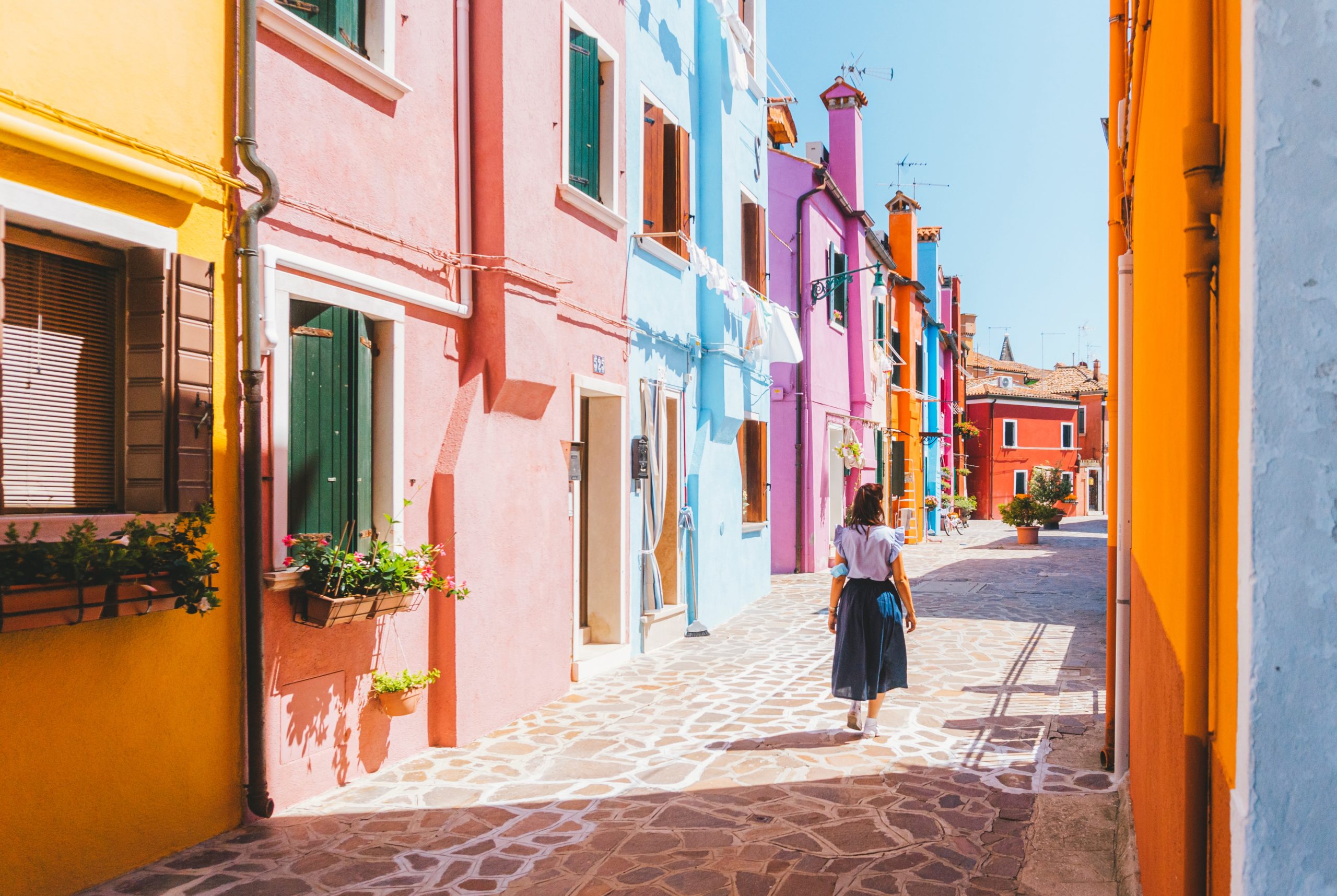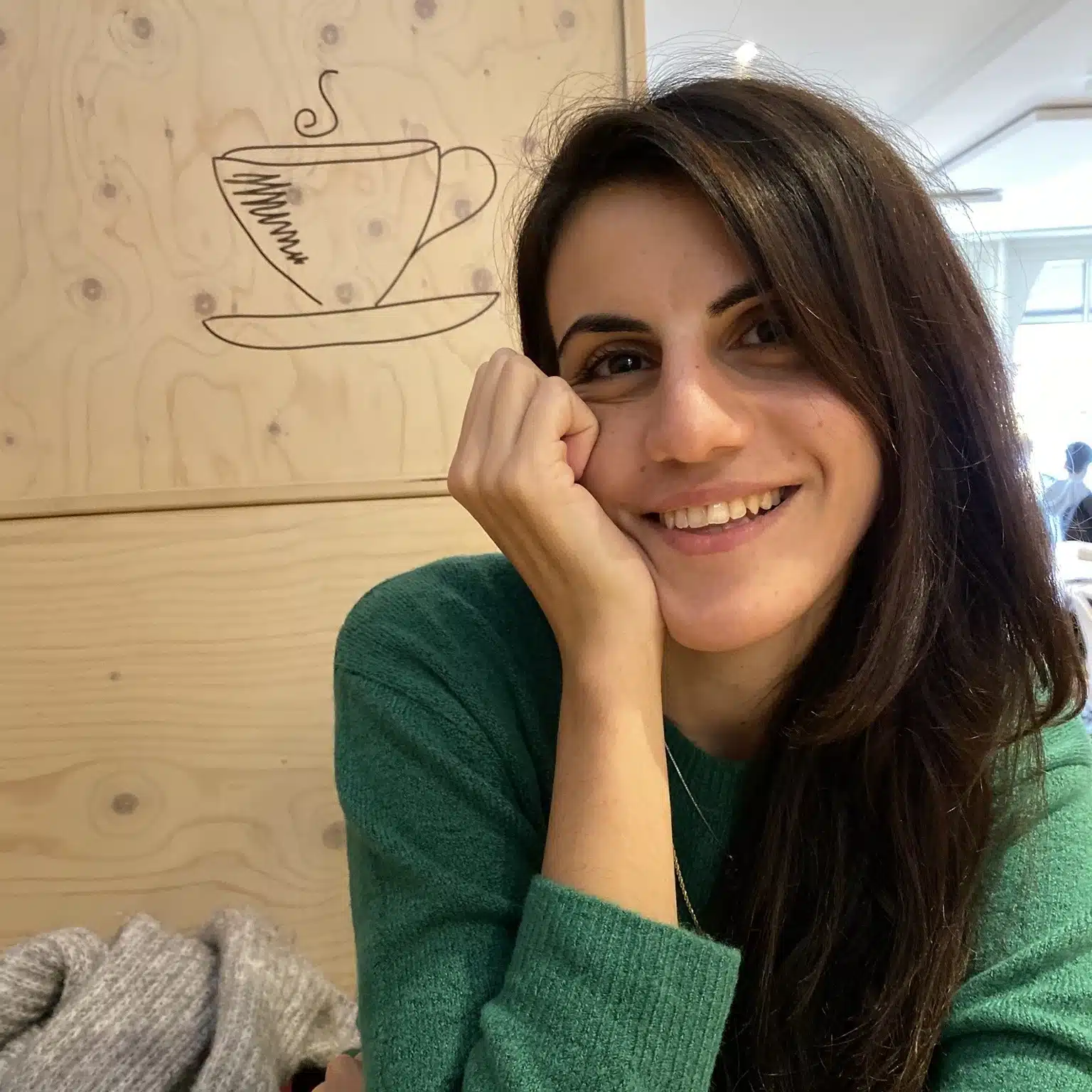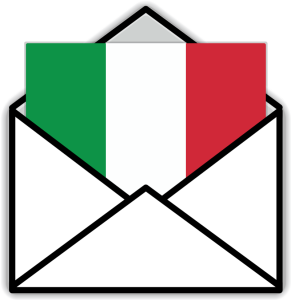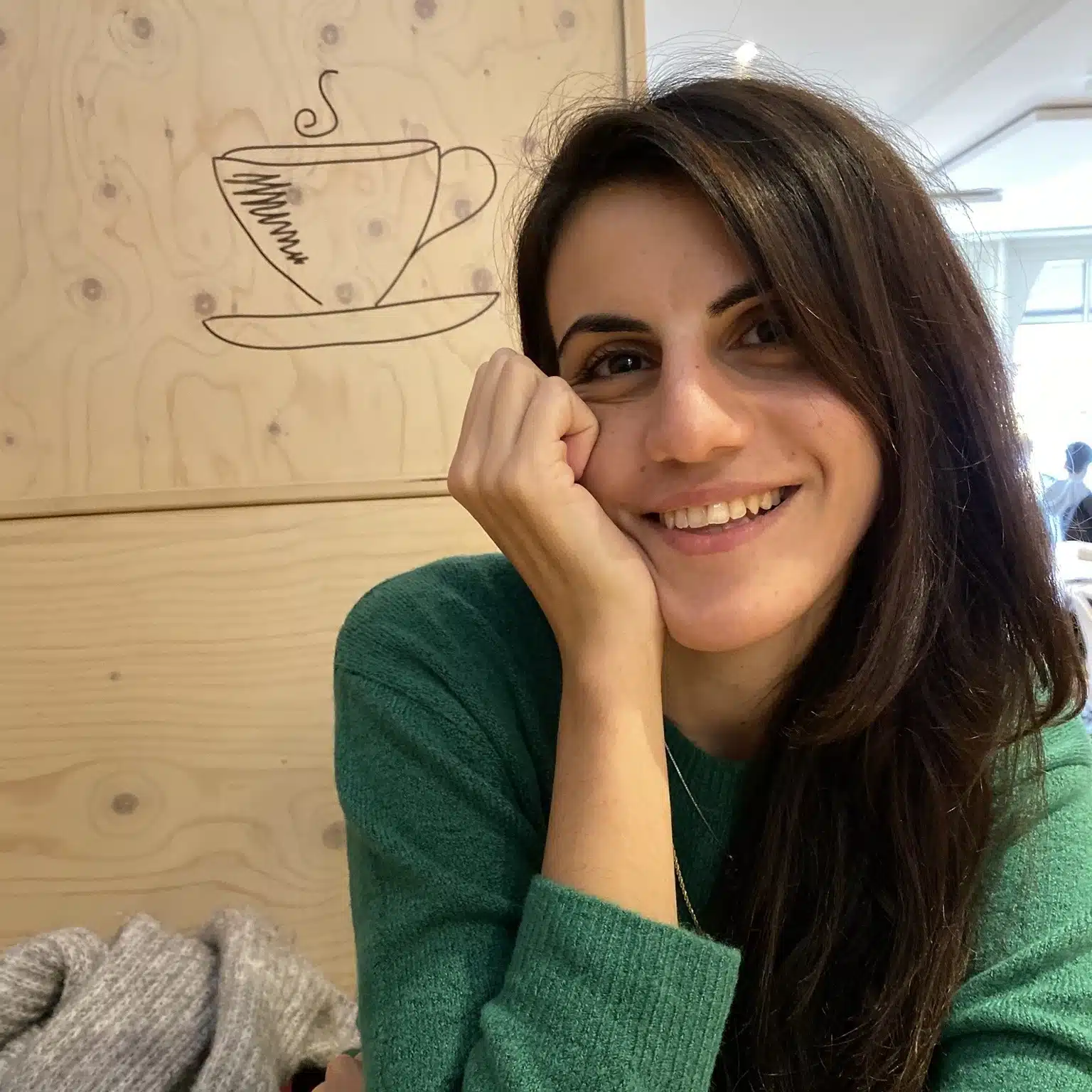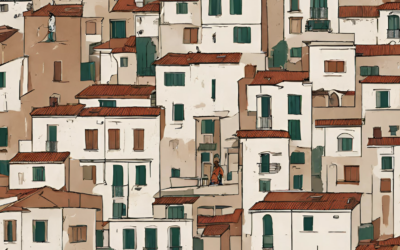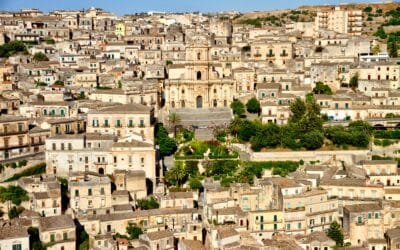Everybody knows that quello means that and bello means beautiful or nice.
And if you have been learning Italian for a while, you may have noticed that sometimes bello and quello are used in different forms.
In fact, it is not rare that bello becomes bel or begli or bei and quello becomes quel or quegli or quei.
Many students are not sure about the difference between bel and bello in Italian, or between quel and quello. Their use is easier than you think, and I’ll explain why in the followings sections.
Bello, bel, bei, begli
What is the difference between bello and bel/begli/bei?
When bello is positioned before a noun, it changes its ending in the same way as the definite articles (il, l’, gli, i).
In other words, the root of the adjective (be-) merges with the definite articles that would precede the noun, and so it results in the following variations:
| Masculine Singular | Feminine Singular | Masculine Plural | Feminine Plural |
|---|---|---|---|
| Bel libro (nice book) | Bella donna (beautiful woman) | Bei libri (nice books) | Belle donne (beautiful women) |
| Bell’albero (nice tree) | |||
| Begli alberi (nice trees) |
If the adjective bello follows the noun or the verb essere, it doesn’t follow the above rule, but it will simply change its ending just as a regular adjective does.
- Questa casa è bella – this house is beautiful
- Queste case sono belle – these houses are beautiful
- Questo uomo è bello – this guy is handsom
- Questi uomini sono belli – these guys are handsome
Quello, quel, quei, quegli
When does quello change its form and become quello/quel/ quei/quegli?
The rule for bello applies to quello too.
If quello is positioned before a noun (and so it is used as an adjective), its spelling changes by merging its root with the definite articles (il, lo, la, i, gli, le) that would normally precede the noun, as in the following examples.
| Masculine Singular | Feminine Singular | Feminine Plural | Masculin Plural |
|---|---|---|---|
| Quel libro (that book) | Quella donna (that woman) | Quelle donne (those women) | Quei libri (those books) |
| Quell’albero (that tree) | |||
| Quegli alberi (those trees) |
The above varieties are possible only when quello is used as an adjective.
If quello is used as a pronoun instead of an adjective, the changes only reflect gender and the number of people in the group.
- Quello è il mio gatto – That one is my cat
- Quelle sono le mie amiche – those are my girlfriends
Buono, buon
What is the difference between buon and buono?
The same rule for bello and quello applies to the adjective buono.
| English | Italian (masculine) | Italian (feminine) |
|---|---|---|
| A good friend | Un buon amico | Una buona amica |
| A good girl-friend | Una buon’amica |
Note: In Italian, the adjective “buon” changes its form based on the gender of the noun it modifies. “Buon” is used before masculine nouns (e.g., amico), and “buona” is used before feminine nouns (e.g., amica). The contraction “buon’amica” is used when the feminine noun begins with a vowel.

